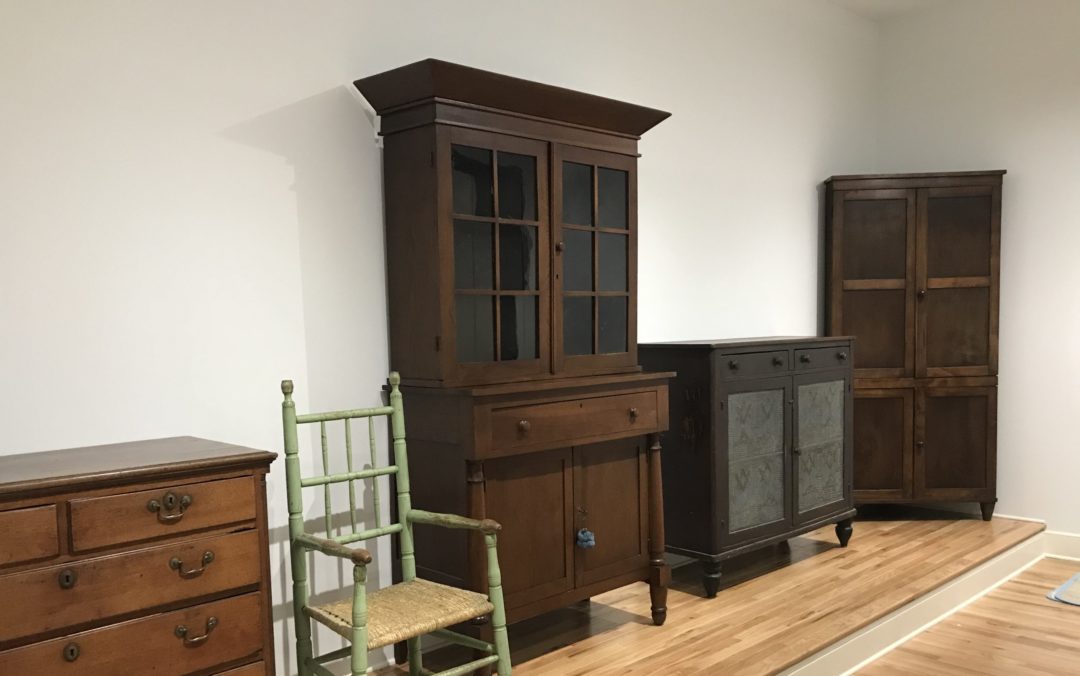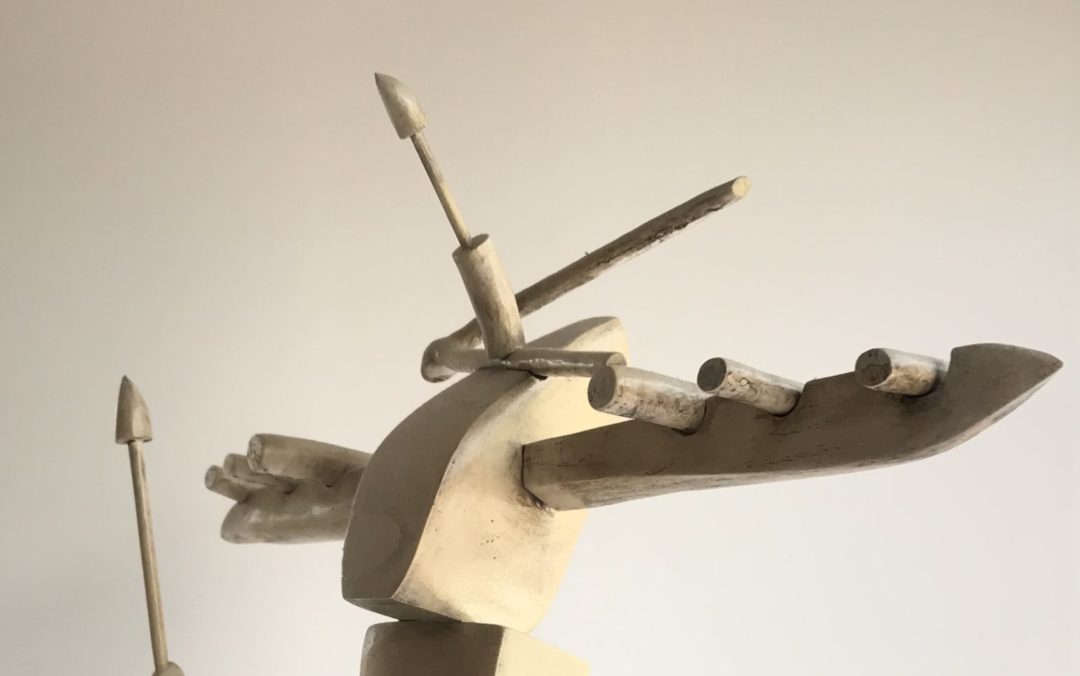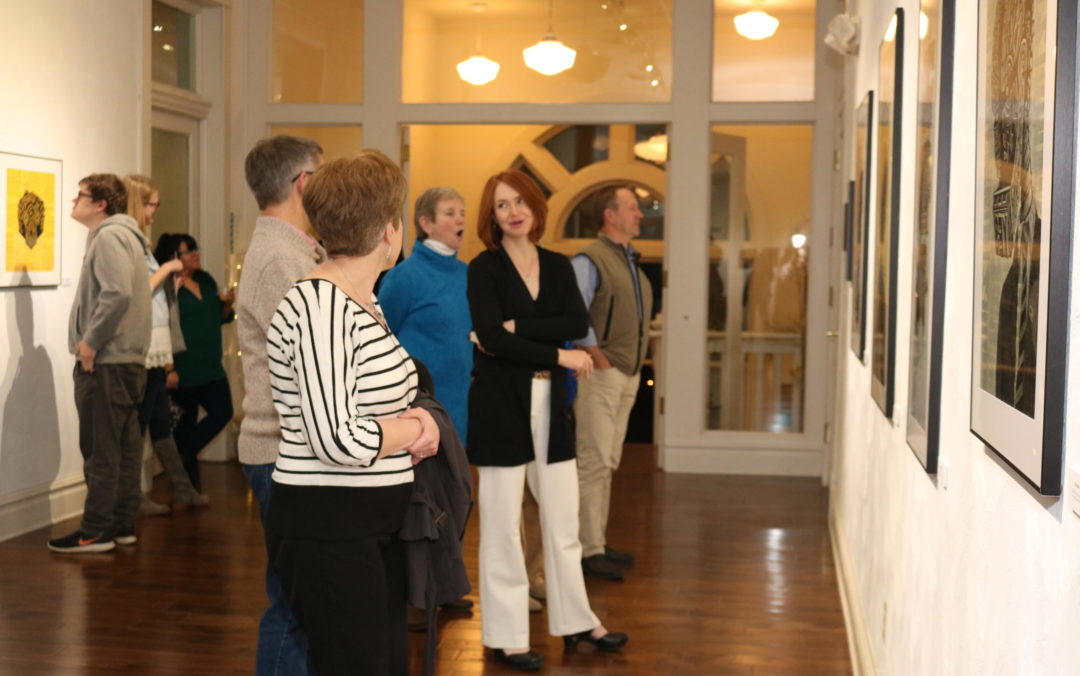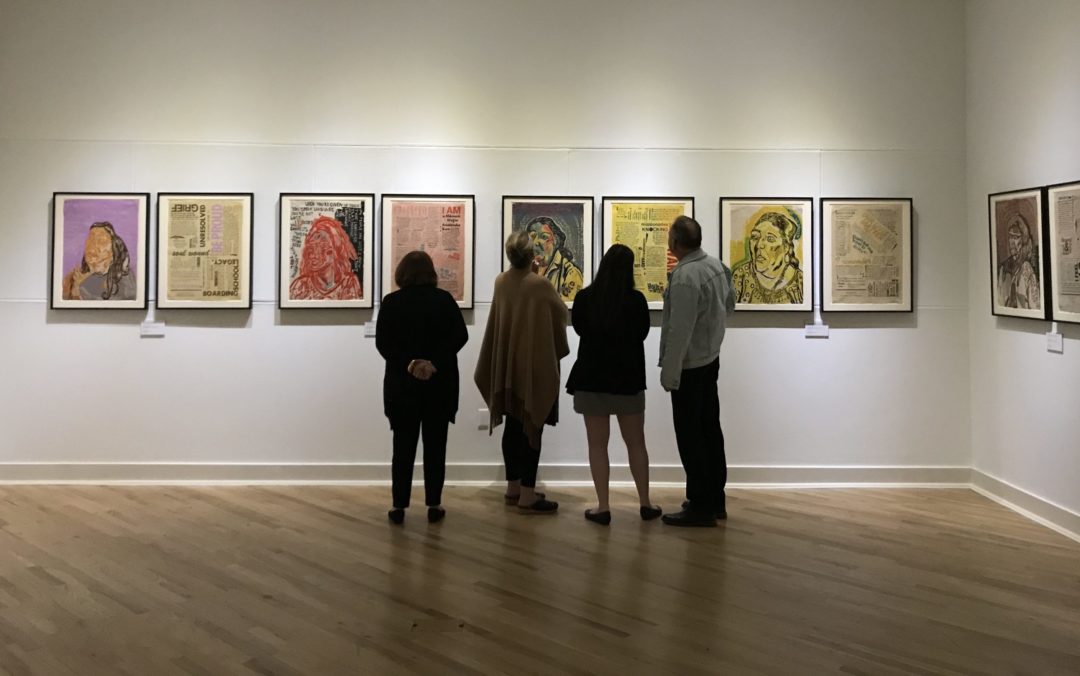Furniture
April 01, 2008 - April 01, 2018
Exhibit Details
The earliest furniture was made during the closing years of the 18th century and in the style of English cabinetmaker Thomas Chippendale. Despite the fact that early furniture was often made at home with little thought given to prevailing style, there was a market for fashionable furniture and trained cabinetmakers were here to supply it. Chippendale’s pattern book was published in England in 1754 and widely appreciated on the eastern seaboard soon after, but styles came later to the frontier and lingered longer. What had been popular in the 18th century in Philadelphia was fashionable here through much of the first quarter of the 19th century. Local cabinetmaker, John Erhart Rose, is a good example. Rose did a regular apprenticeship in Philadelphia during the 1780s and was in Abingdon making furniture by 1810 – in the Chippendale style. Bracket feet, sometimes with a curve known as ogee, fluted quarter columns, dentil molding, and dovetail construction were seen locally on chests and cupboards during the time Rose worked here. The Federal period of the neo-classical furniture style quickly followed, its clean, light lines largely influenced by the designs of two more Englishmen, George Hepplewhite and Thomas Sheraton.
Early local cabinetmakers used walnut and cherry, both grown in abundance, with poplar as the preferred secondary wood.
During the second quarter, styles changed again to a heavier look with large overhanging top drawers, half and full-turned columns on the cases sides, and a larger turned foot. New furniture forms appeared like the popular two-piece cupboard or press, made with a bottom chest of drawers or paneled doors and a separate top with glazed doors. The local Empire style lasted through mid-century to the more ornate furniture at late century that illustrated a local Victorian style.
A signature furniture form made abundantly throughout the region from 1840-60 was the humble food safe, usually found in the kitchen or on the back porch. Many safes were turned into a country art form by their makers. Since made to hold food, often meat or freshly baked goods, the safes had tin panels fitted onto the case, both in front and often on the sides, with hand-pierced holes or slits that kept bugs out but allowed a nice flow of air. The tins were not always punched randomly but often in a myriad of designs, often reflecting cultural traditions. Some tins were colorfully painted while others given only a coat of varnish to keep from rusting. Usually, secondary woods were used for the safe’s case, which was then painted or combed with a color wash. Popularly known today as pie safes, many have been re-painted or re-finished, but a few have been left in their original state and provide authentic examples of this friendly furniture form.
Explore Exhibits

Upcoming Exhibits
WKMA continually brings new and exciting exhibits and artists to the museum experience. Explore what's next for us.

Permanent Collection
View works from our Permanent Collection of art, part of the WKMA experience year round, featuring our most enduring pieces.

Sculpture Garden
The Sculpture Garden is a beautiful part of our museum grounds experience, and part of our permanent collection of art.

Past Exhibits
View previously exhibited work at the William King Museum of Art, a retrospective of past shows and galleries.
Support & Join
Become part of our story. Help us tell your story. Thank you for your support.
See More

